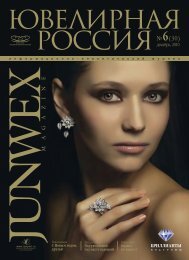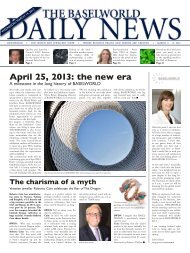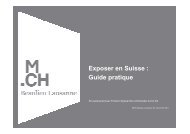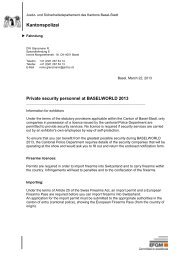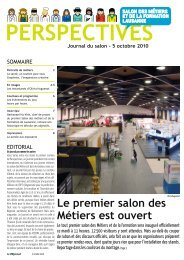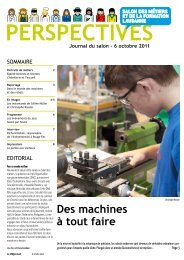WatchTime - August 2012
WatchTime - August 2012
WatchTime - August 2012
Create successful ePaper yourself
Turn your PDF publications into a flip-book with our unique Google optimized e-Paper software.
There are only four<br />
known surviving<br />
examples of Reference<br />
1436, which was<br />
made in steel in 1945.<br />
when the split-seconds hand is stopped. To accomplish this uncoupling,<br />
the octopus wheel acts on an isolator wheel, which<br />
disconnects the split-seconds lever as soon as the pincer closes.<br />
The entire mechanism functions with the aid of two springs acting<br />
in opposition: one of them affixed under the split-seconds<br />
wheel, the other attached above it. These springs alternately<br />
open and close the connection between the split-seconds wheel<br />
and the chronograph’s center wheel. Although this construction<br />
is complicated, it fulfills its task admirably. However, it increases<br />
the moved mass of the split-seconds wheel and necessitates an<br />
increase in the thickness of the movement.<br />
These minor shortcomings didn’t prevent Patek Philippe<br />
from regularly selling out Reference 5004’s entire production,<br />
which totaled about a dozen units each year. A customer who<br />
wanted one had to wait several years for delivery – despite a<br />
steep retail price. Beginning in 2009, Patek Philippe gradually<br />
stopped using Lémania ébauches, ending this chapter in Patek’s<br />
split-seconds history. <br />
Reference 5004, with<br />
caliber CHR 27-70/150,<br />
was introduced in 1996.<br />
Reference 1436, from<br />
1950, in yellow gold<br />
(movement no. 867.847)<br />
<strong>August</strong> <strong>2012</strong> <strong>WatchTime</strong> 59



